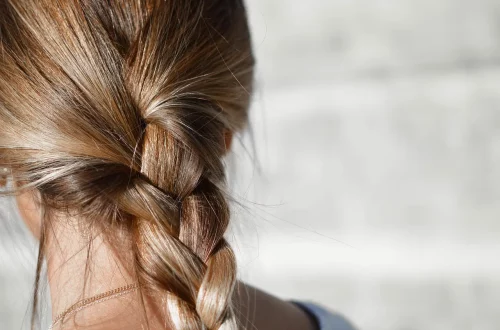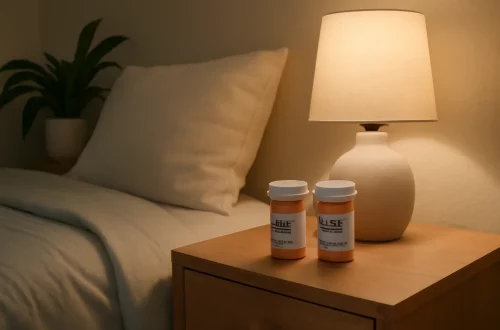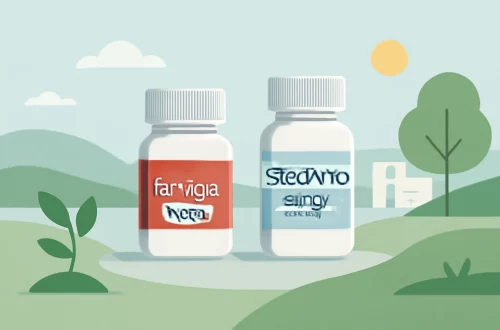-
Understanding What Happens When a Dog is in Heat
Understanding What Happens When a Dog is in Heat When it comes to the reproductive cycle of dogs, understanding the heat cycle is crucial for pet owners. This phase, known as estrus, is a natural part of a female dog’s life and signifies that she is ready to mate. The heat cycle can be both an exciting and challenging time for dog owners, given the behavioral changes and physical symptoms that accompany it. During this period, which typically occurs twice a year, a female dog undergoes various hormonal fluctuations that can affect her mood, appetite, and overall behavior. To the untrained eye, these changes might seem perplexing, but they are…
-
Signs Your Cat Is in Heat: How to Recognize the Symptoms
Understanding feline behavior can sometimes feel like deciphering a complex code. Cats are known for their mysterious nature, and when they enter their heat cycle, their behaviors can become even more puzzling. This instinctual phase, also known as estrus, is a natural part of a cat’s reproductive cycle, occurring typically when they reach sexual maturity. Most cats experience this phase several times a year, and it can last anywhere from a few days to a couple of weeks. During this time, a cat’s behavior can shift dramatically, making it essential for pet owners to recognize the signs that their feline friend is in heat. In this phase, a cat’s instincts…
-
Understanding the Dog Heat Cycle: Use Our Calculator for Accuracy
The heat cycle in dogs, often referred to as estrus, is a natural and significant phase in a female dog’s reproductive life. Understanding this cycle is crucial for dog owners, breeders, and anyone involved in canine care. This cycle not only influences a dog’s behavior but also has implications for breeding and overall health. During heat, female dogs experience various physical and emotional changes that can be both fascinating and challenging for pet owners to navigate. When a dog goes into heat, it marks the time when she is fertile and can conceive. This phase usually occurs twice a year, but the frequency can vary based on the breed, age,…











